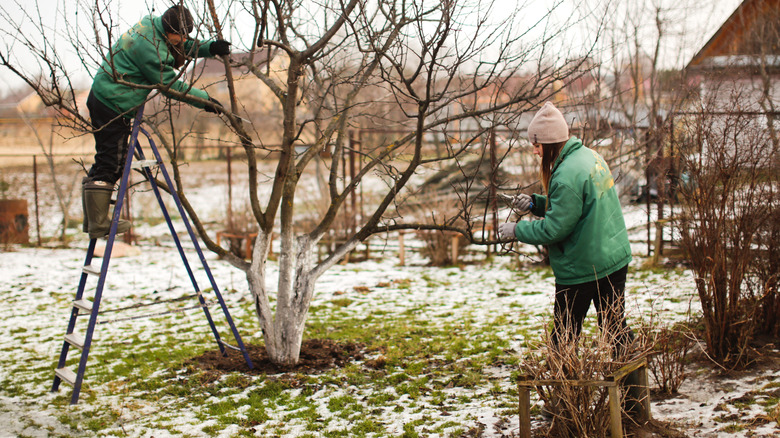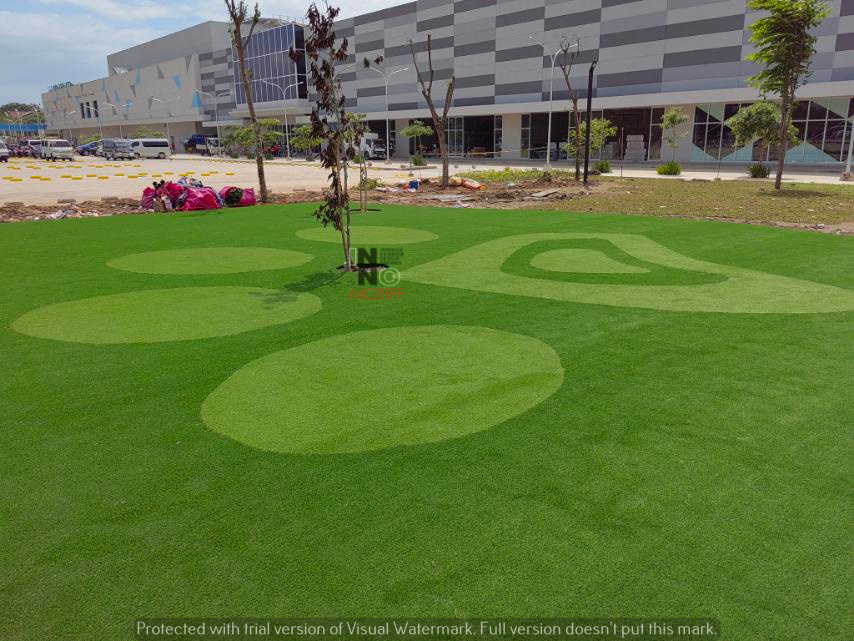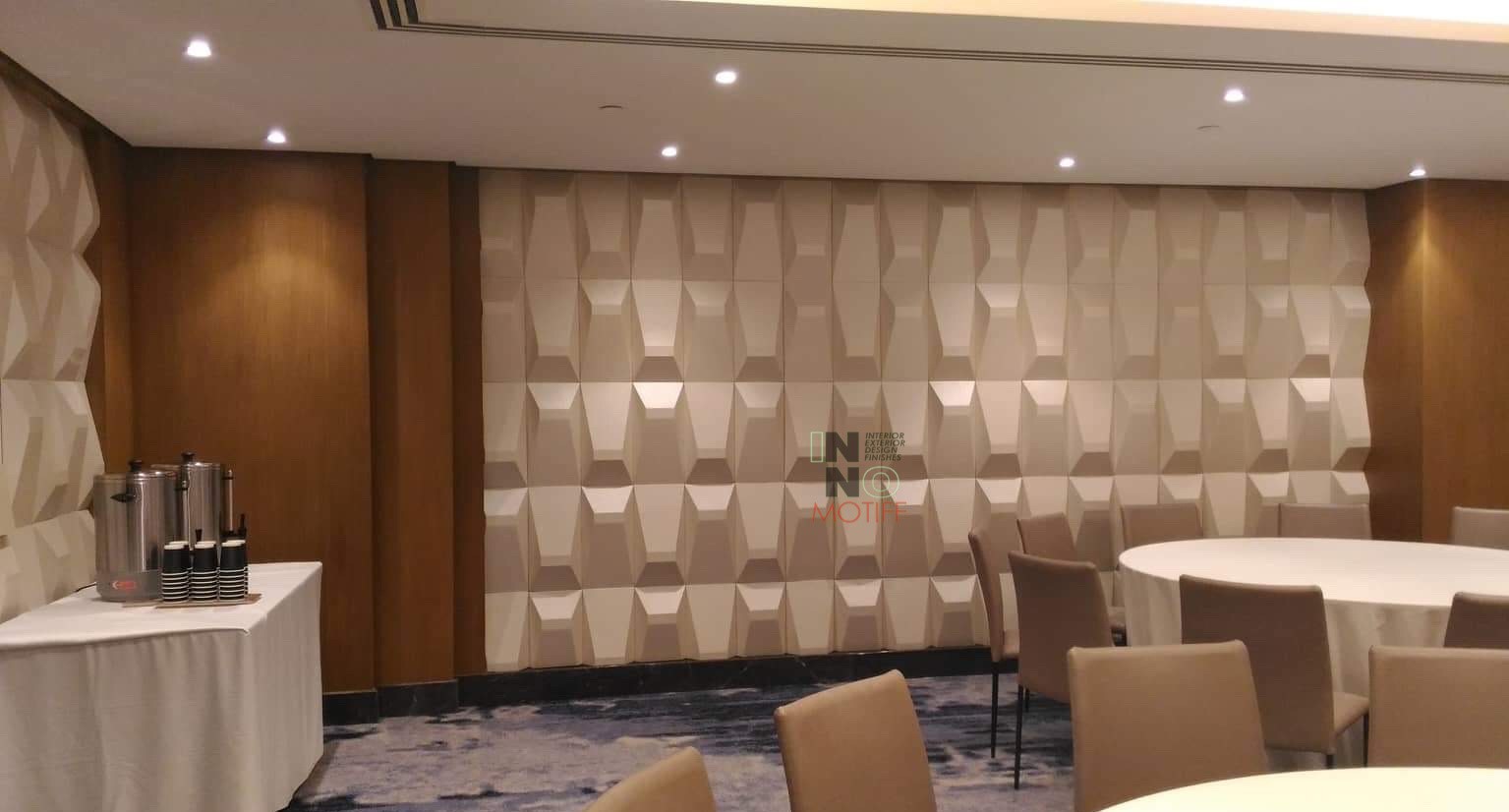Tree pollarding is a vital technique in urban tree maintenance that helps manage the size and health of trees. In cities where space is limited and green areas are crucial for environmental health, pollarding can play a significant role in preserving urban nature. This blog explores the environmental impact of tree pollarding and how it contributes to a greener, safer urban environment.
Understanding Tree Pollarding
Tree pollarding is a tree maintenance method that involves cutting back all limbs to the main trunk or main branches. This practice is done at a height of two or three meters above ground level, encouraging new growth from the cut areas. Historically, pollarding has been used to control the size of trees, ensuring they remain manageable and healthy.
Unlike other tree maintenance techniques, such as topping or lopping, pollarding promotes a more sustainable growth pattern by encouraging lateral branches. This method not only keeps trees smaller but also extends their lifespan, making it ideal for urban settings where space is limited.
Environmental Benefits of Tree Pollarding
Enhancing Urban Green Spaces Pollarding helps maintain healthy trees in confined urban spaces. By managing tree size and shape, pollarding ensures that trees continue to contribute to urban biodiversity and aesthetic appeal. Healthy, well-maintained trees enhance green spaces, making cities more pleasant and vibrant.
Improving Air Quality Trees are natural air purifiers, filtering pollutants and releasing oxygen. Pollarding supports tree health by preventing overgrowth, which can stress trees and reduce their ability to clean the air. Pollarded trees continue to play their vital role in improving urban air quality.
Mitigating Urban Heat Island Effect Urban areas often experience higher temperatures than their rural surroundings due to the heat island effect. Trees help mitigate this by providing shade and cooling the air. Pollarded trees, by staying healthy and robust, continue to offer these cooling benefits, helping to reduce city temperatures.
Preventing Safety Hazards Pollarding reduces the risk of falling dead wood and limbs, which can be hazardous during storms or high winds. By managing tree growth, pollarding ensures that trees remain safe and stable, preventing accidents and property damage.
Ecological Impact of Pollarding on Wildlife
Support for Various Species Pollarded trees create unique habitats for a range of wildlife. The new growth that emerges after pollarding provides food and shelter for insects, birds, and small mammals. This process can support local biodiversity by offering diverse habitats.
Maintaining Ecosystem Balance Pollarded trees play a role in maintaining ecological balance by providing consistent resources for wildlife. This supports local ecosystems and food chains, ensuring that various species have the necessary environment to thrive.
Urban Planning and Pollarding Practices
Integrating Pollarding in Urban Design Urban planners can incorporate pollarding into city designs to manage tree size and health effectively. This integration helps balance the need for green spaces with the constraints of urban infrastructure, enhancing both aesthetics and functionality.
Challenges and Considerations While pollarding offers many benefits, it requires careful management to avoid potential drawbacks, such as poor growth if not done correctly. Best practices include consulting with arborists and ensuring that pollarding is performed at appropriate times to maximize benefits.
Tips for Implementing Tree Pollarding
For Urban Planners and Local Authorities To implement pollarding successfully, urban planners should work with certified arborists, schedule regular maintenance, and educate the public about the benefits of the practice. Clear guidelines and proper planning are essential for effective pollarding.
For Homeowners and Gardeners Homeowners can manage pollarded trees by hiring professional tree care services and maintaining regular pruning schedules. Proper care ensures that trees remain healthy and continue to provide environmental benefits.
Takeaway
Tree pollarding is a valuable technique for maintaining urban green spaces, improving air quality, and supporting local wildlife. By managing tree size and health, pollarding contributes to a safer, greener urban environment. Urban areas can benefit greatly from incorporating pollarding practices, ensuring that trees continue to thrive and provide their vital environmental services.










